
An inscription found on the inside of an old fiddle has never been deciphered.
In 1906 an unknown person sent an encrypted postcard from St. Petersburg, Russia, to Vaasa, Finland. Can a reader decrypt it?
Pietro Giannone (1791–1872), an Italian poet and patriot, left behind an encrypted poem filling a whole book. After nearly 150 years, mathematics teacher Paolo Bonavoglia broke the encryption.
In the 1950s the Germans used a unique crypto device named “Violine”. I have always wondered what it was used for. In a book about espionage I found the likely answer.
Last week I had the chance to visit an escape room operated by a company named “Cryptology”. Here’s my report.
A British censorship manual from WW2 gives an overview on message hiding techniques. Some of the examples given are messages hidden in letters from prisoners of war.
130 years ago, Briton Alfred Janes published a self-invented encryption method along with a challenge cryptogram. My blog readers could solve this tricky mystery.
A Spanish company has bought the rights to make 898 official replicas of the Voynich manuscript. Another unofficial replica already exists – mine.
The British National Archive has published an encrypted letter from the 17th century. The solution is known, but many other encrypted notes of the same kind still wait to be broken.
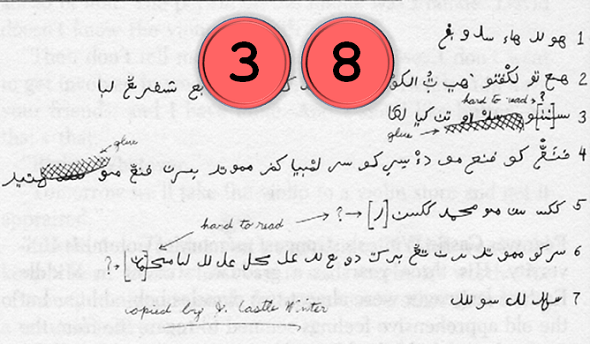
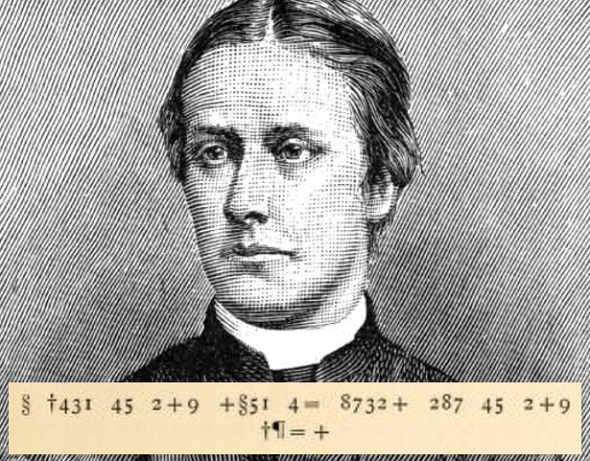
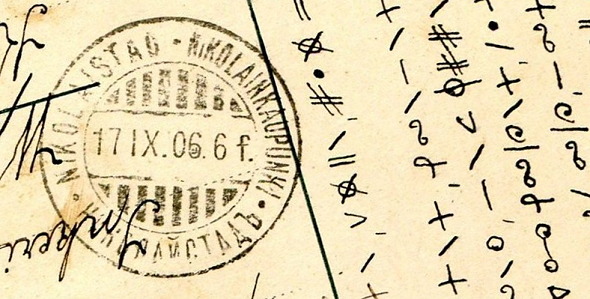
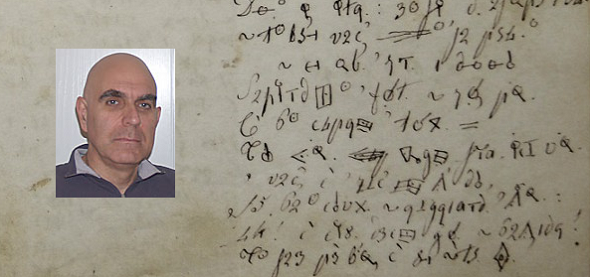
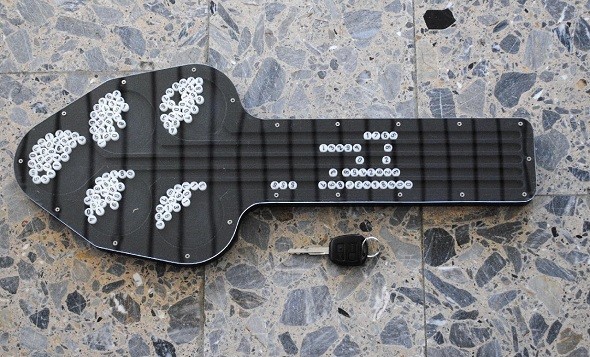
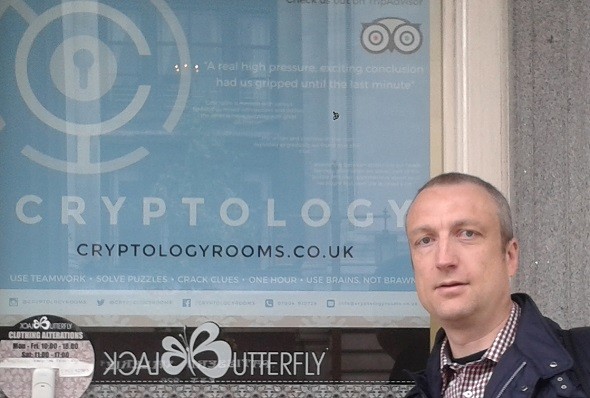

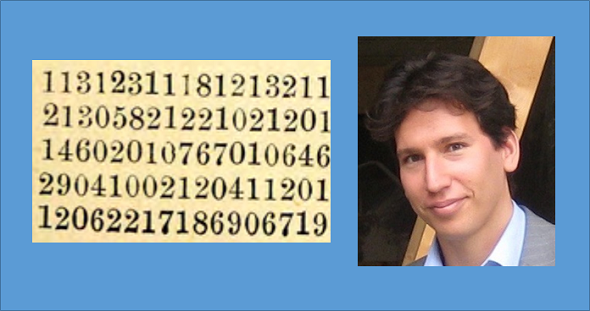
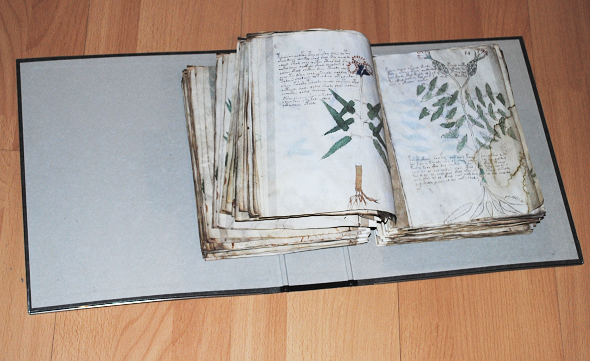
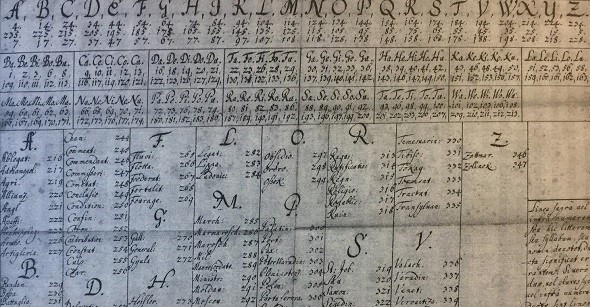

Letzte Kommentare